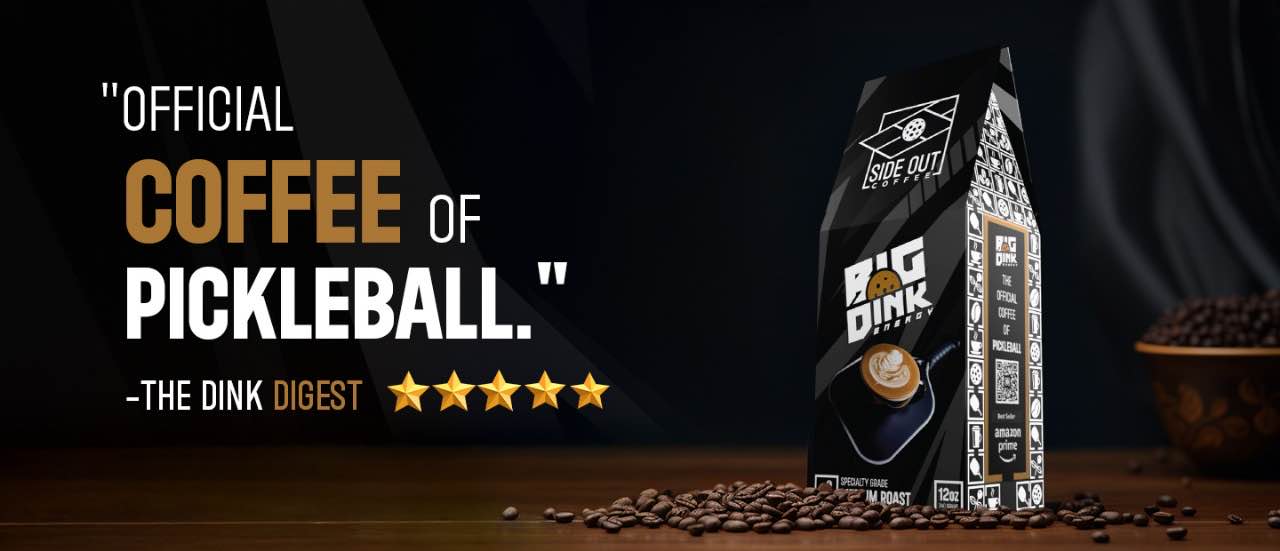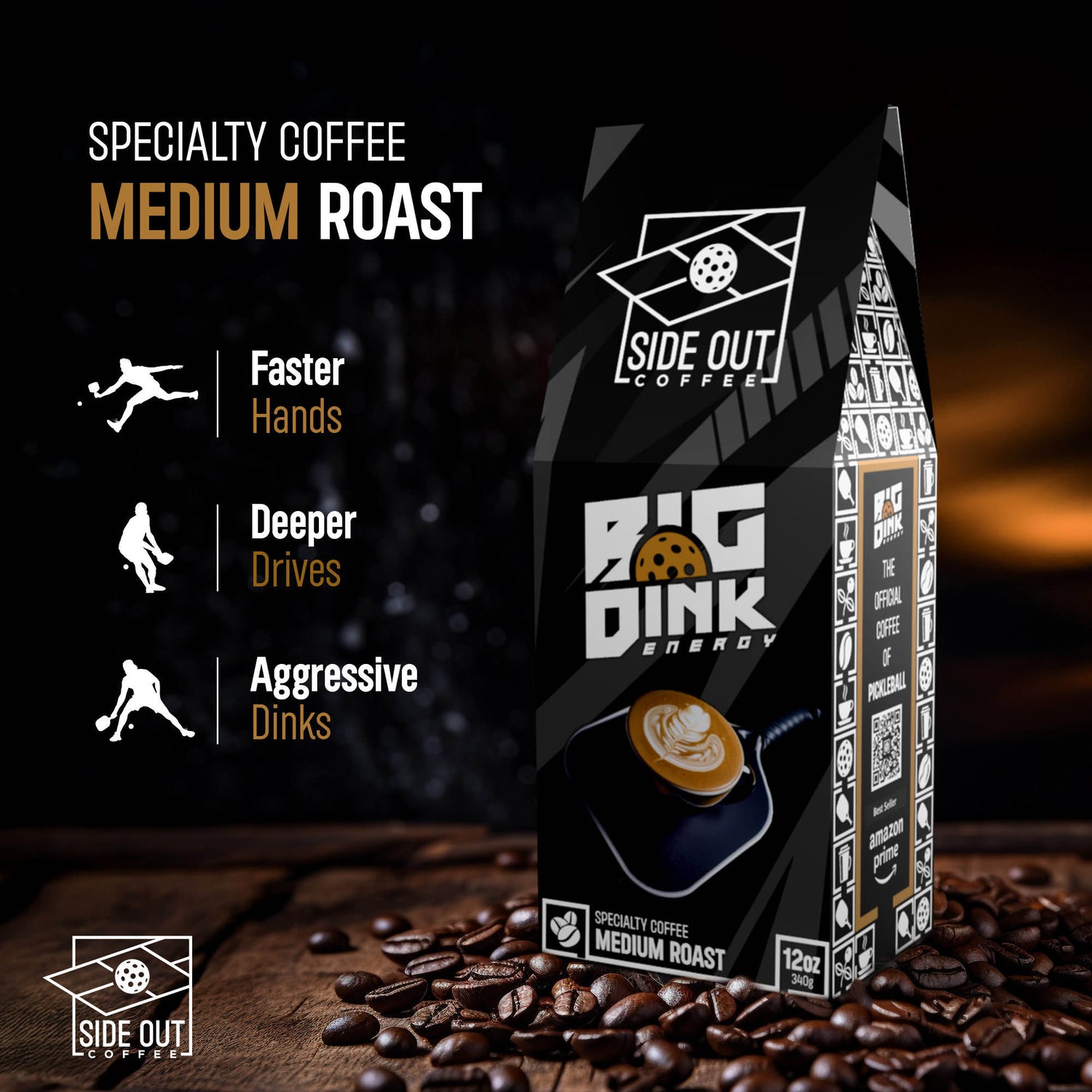
The Science Behind Pickleball Paddle Core Technology and How It Impacts Play
authorShare
Pickleball has exploded in popularity globally, drawing players of all ages and skill levels. It combines elements of tennis, badminton, and ping-pong, offering a fun and accessible experience. However, the game's equipment, particularly the pickleball paddle, deeply influences performance. Central to this is the core technology within the paddle, which affects how the game is played. Understanding the science behind this technology provides players with insights on selecting the right paddle for their game style. This article delves into the intricacies of pickleball paddle core technology and its impact on play.
Article Outline:
- Introduction to Pickleball Paddle Cores
- Types of Pickleball Paddle Cores
- How Core Materials Affect Play
- Choosing the Right Paddle Core
- Latest Advancements in Core Technology

Introduction to Pickleball Paddle Cores
At the heart of every pickleball paddle is its core, an element crucial in defining how the paddle will perform on the court. The core material dictates the paddle's weight, durability, and overall feel, impacting factors such as ball control and power. Understanding these elements is essential for any player looking to enhance their game.
Types of Pickleball Paddle Cores
Pickleball paddles are crafted with various core types, each with distinct characteristics:
- Polymer Cores: These are the most popular due to their balanced performance characteristics. They offer a softer touch and increased durability, making them ideal for players seeking control.
- Nomex Cores: Known for their hard and loud nature, these cores are preferred by players who prioritize power. The honeycomb structure provides a strong and responsive feel.
- Aluminum Cores: These cores offer excellent touch and control, often chosen by strategists in the game. The lightweight nature supports agility and speed in gameplay.
How Core Materials Affect Play
The science behind the core materials directly affects gameplay:

- Weight: Core material contributes significantly to paddle weight, influencing swing speed and power potential.
- Durability: Material choice impacts how long a paddle retains its playing characteristics under repeated impact.
- Feel and Control: The core's hardness and density affect ball control and precision, crucial for placement shots.
Choosing the Right Paddle Core
Selecting the appropriate paddle core depends on an individual's playing style and preference:
- For Power Players: Opt for paddles with Nomex cores to maximize impact strength.
- For Control and Touch: Polymer and aluminum cores are better suited to enhance finesse in gameplay.
- Intermediate Players: A balanced polymer core offers versatility in developing skills across different play styles.
Latest Advancements in Core Technology
Pickleball technology continues to evolve, with manufacturers investing in research to enhance performance and playability:
- Advanced Materials: Hybrid cores combining different materials to achieve unique balance and performance attributes.
- Innovative Designs: Enhanced core structures to improve energy transfer and reduce impact on joints.
- Eco-Friendly Options: Incorporation of recycled materials, aligning with sustainable practices.
The science behind pickleball paddle core technology is an intricate blend of material science and player preference. As players, understanding these details can significantly impact your performance on the court. Whether you're a power-driven attacker or a strategic player seeking control, the right paddle core can transform your game. Remember, when you dive into your next game of pickleball, enjoy every moment, and don't forget to recharge with quality refreshments. At Side Out Coffee, we roast beans fresh to order and deliver them straight to your door, ensuring you have the energy and focus needed for your next match. Visit our website at sideoutcoffee.com to place an order today!




